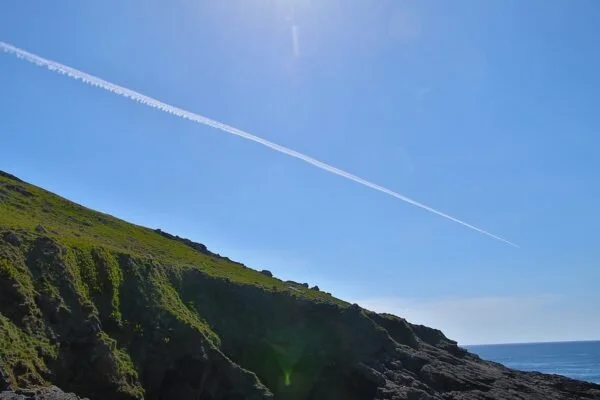Carbon offset market poised for major growth
Prior to the pandemic, only 1% of airline passengers used voluntary carbon offset programs to mitigate the carbon emission of their trip, according to the International Air Transport Association.
Summer 2021 could mark the turning point in travelers’ demand for carbon offsets. When the pandemic halted tourism’s skyrocketing growth in 2020, it drew attention to the severe economic impacts destinations face in a crisis. Climate change is widely accepted as next existential crisis on the horizon.
In their recent webinar, Kaitlyn Brajcich and Paloma Zapata at Sustainable Travel International / Impact Travel Alliance: Seattle offered an overview of carbon offsets: a commodity that’s now ready for takeoff.
First: Calculate Your Footprint
Brajcich began with the basic protocol for companies and individuals alike: first calculate the carbon footprint of your activity and reduce what you can. Then purchase carbon credit offsets to mitigate the remaining balance.
And it’s not just air travel that creates your carbon footprint, Brajcich reminded. A single vacation encompasses many carbon-emission factors: transit involved, luggage weight, accommodations, food consumption – even souvenirs purchased. For tourist businesses and destinations pursuing net-zero goals, energy sources, supply chains, and energy-efficient designs become part of the equation. It all adds up.
Know the terms and the market
Carbon offsets are measured by the tonne (metric ton), and one carbon credit represents the reduction of one tonne of greenhouse gas emissions.
Pricing of a carbon offset depends on a number of factors associated with the carbon offset project generating it and can vary widely from provider to provider.
Research your provider
With so many carbon offset providers to choose from – and more entering a growing market – it helps to know where to look for yours. The ones used by major businesses, including airports and airlines, are for-profit vendors or industry colleagues, such as Tesla. Smaller businesses and individuals will find offset providers in NGOs and destinations leading environmentally focused projects.
Here’s where it starts to feel like “the Wild West,” as Zapata described it in the webinar. Not all carbon offset projects are created equal, she cautioned, and it is imperative to research and to look for third-party verification and validated standards. She highlighted media coverage of lapses and regulatory challenges besetting projects in years past as well as the increased focus in certification on additionality, leakage, permanence, and actual amounts of carbon storage or reduction delivered.
Still, as Forbes’ Rob Day noted, prior criticism and new scrutiny is a strong incentive for improvement as demand surges in the private sector. According to Day, the discipline of project finance is at the heart of the carbon offset market and clearly stated obligations with measurable results are key to stronger enforcement mechanisms throughout the industry. And in May, Singapore announced its commitment to strengthen universal trust and verifiability of carbon offsets, as part of its plan to be a global carbon services and trading hub.
Resources for Carbon Offsetting
So whether you are a traveler looking to offset your long-awaited vacation or a small business committed to decarbonizing travel and tourism, where do you start? From carbon footprint calculator to carbon offset provider, here’s our list of the top resources to watch:
Calculators
Airmilescalculator.com – Flight calculatorCarbonfootprint.com/calculator – ComprehensiveSustainable Travel International – Flight calculatorTerraPass calculator – Comprehensive. Also good for small businessesWren – Comprehensive that offers monthly subscription program

